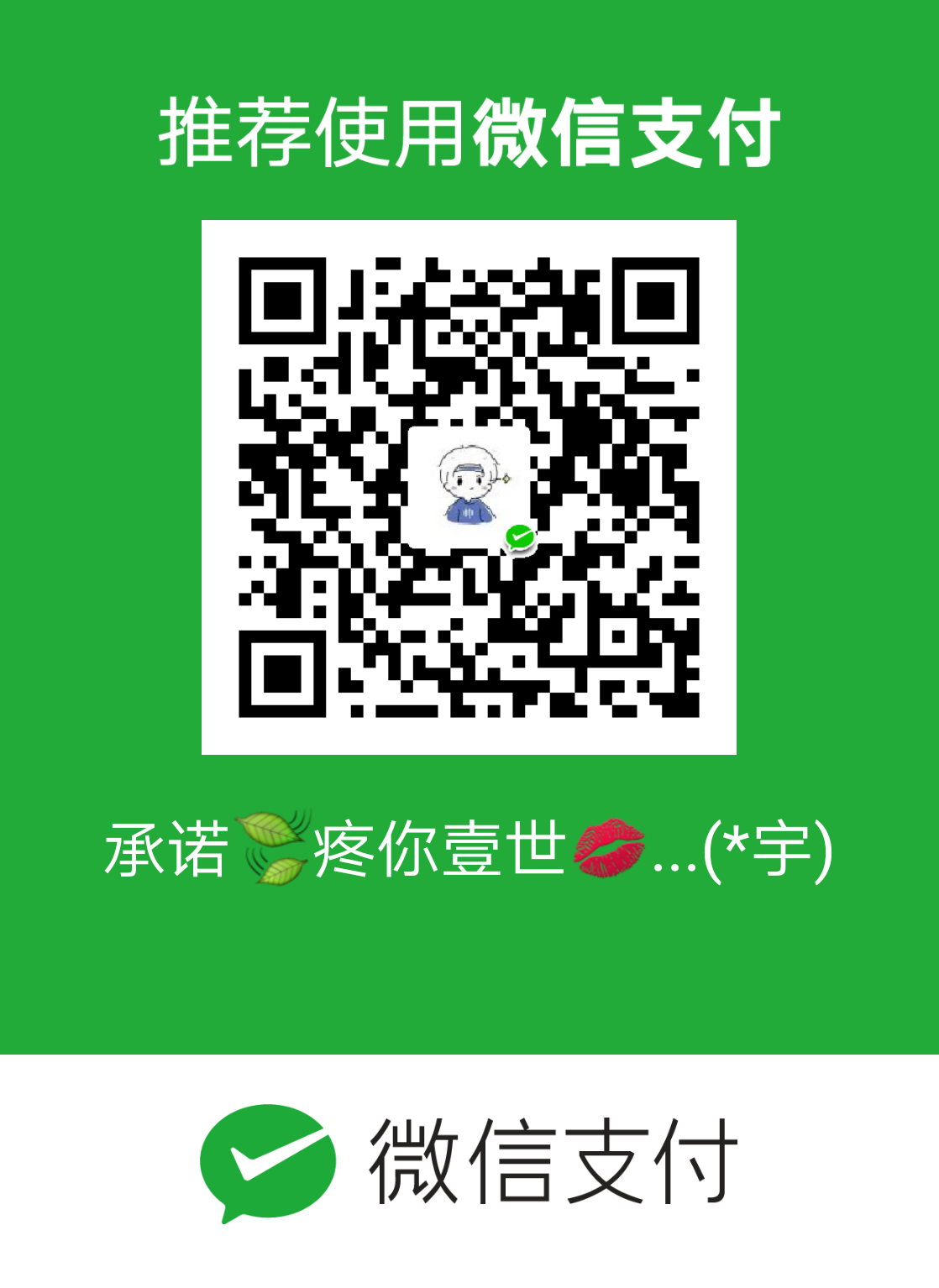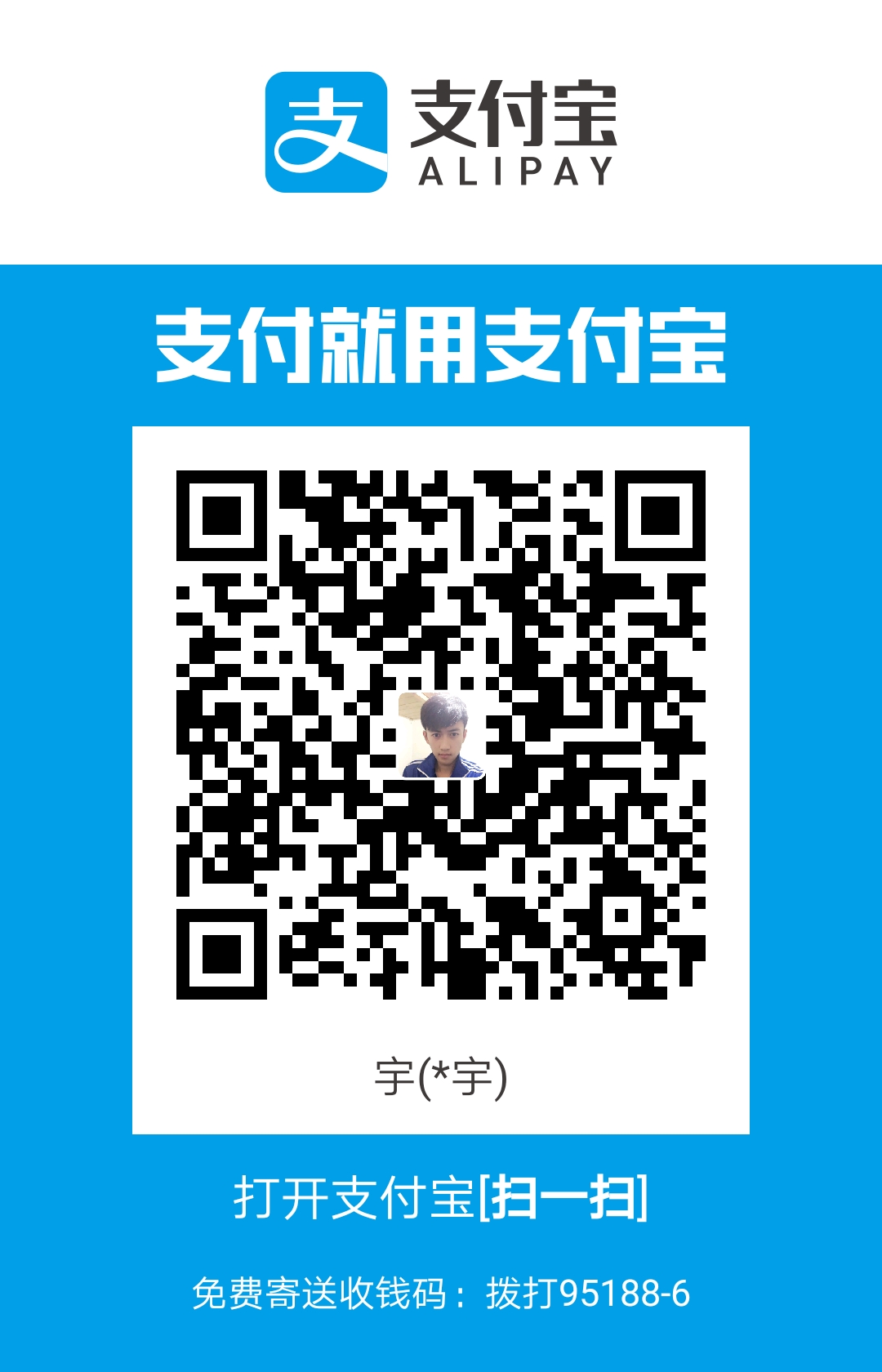变量
赋值变量
1 | [root@master101 sy]# cat mychart/templates/configmap.yaml |
1 | with语句上面增加了一句{{- $releaseName := .Release.Name -}},其中$releaseName就是后面的对象的一个引用变量,它的形式就是$name,赋值操作使用:=,这样with语句块内部的$releaseName变量仍然指向的是.Release.Name |
结果:
1 | [root@master101 sy]# helm install --dry-run --debug mychart/ |

